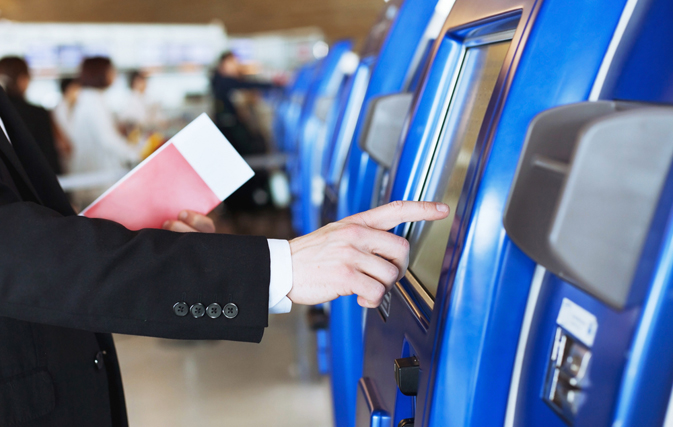TORONTO — There she was, wedged into her seat and braced for another economy flight, when the smell began wafting back from first class: freshly baked chocolate-chip cookies of which she and her immediate seatmates would get exactly none.
“We could all smell them,” said Katy DeCelles, who teaches organizational behaviour at the University of Toronto. “Something like that makes you very aware of the fact that you are not being treated as special as someone else.”
That feeling lies behind her latest paper, published Monday, which concludes that inequality between seat classes is the largest single contributor to air rage.
The effect intensifies, DeCelles suggests, when the plebes file past the high rollers during boarding. Nor is the effect limited to travellers of modest means. Airborne inequality makes the rich behave worse, too.
“It’s a very strong effect,” said DeCelles.
She and her co-author talked an unnamed “major international carrier” into giving them an internal database of all disruptive passenger behaviour that endangered flight safety. The database covered several years and involved more than one million flights.
The two looked at correlations between air rage and possible triggers – leg room, seat width, flight delays, flight length and cabin space. They compared flights that had separate first and economy classes with those that didn’t, and also flights that boarded from the front – forcing economy passengers to walk through first class – with those that boarded from the centre.
The strongest predictor of air rage, by far, was class divide.
Disruptive behaviour from passengers in both classes was nearly four times as likely in divided aircraft than on planes that only had one type of seating. The authors calculate it would take a flight delay of about 9 1/2 hours to produce the same effect.
Loading from the front doubled the odds of air rage over boarding from the middle.
That effect was particularly pronounced among the occupants of those big, cushy seats. Getting on at the front of planes divided by class seemed to make first-class air rage nearly 12 times more likely.
The nature of disruptive behaviour also varied by class.
“In first class you have passengers getting upset relating to issues of alcohol and anger,” said DeCelles. “In economy it’s more common to have people who have emotional outbursts like panic attacks or fear.”
DeCelles suggests her paper has wide application in a world increasingly stratified by willingness or ability to pay.
“This exists in many different domains and it’s an area of important research – how we are able to treat one class of customers special, which they may have paid for, without upsetting the others who also have paid.”
Don’t expect the answer to come in the form of more equal treatment. The airline industry is far too dependent on the open wallets of those able to pay for a bit more space or quicker boarding to sacrifice that revenue, said DeCelles.
The more likely approach is managing inequality so it grates less – hanging a curtain between cabins, perhaps, or not announcing that economy passengers aren’t welcome in first-class washrooms.
“When you make this very apparent to people, that’s when it can be upsetting for people who are in the lower class,” said DeCelles. “But (it) can also trigger entitled behaviour among people who are in the upper social class.”
